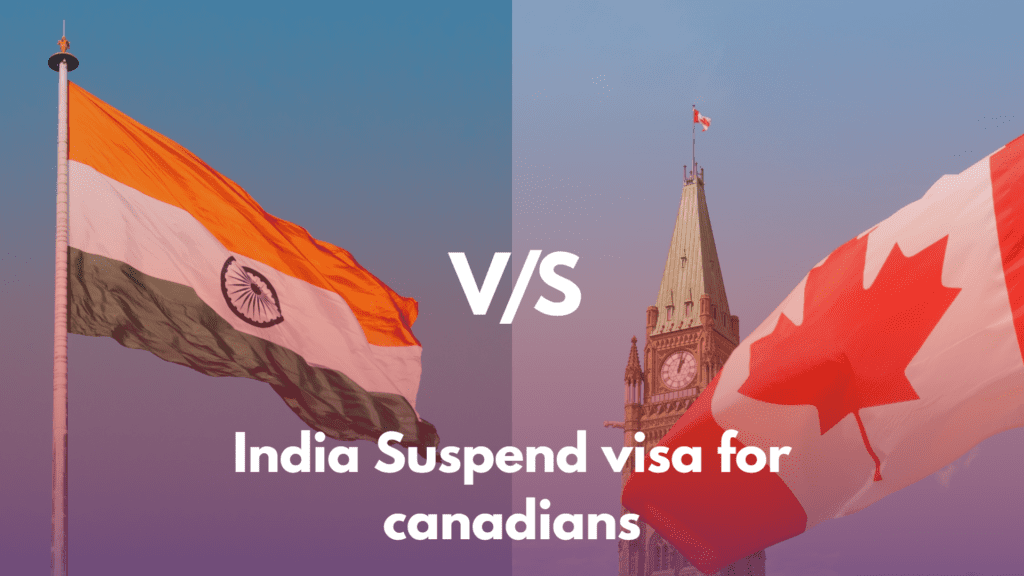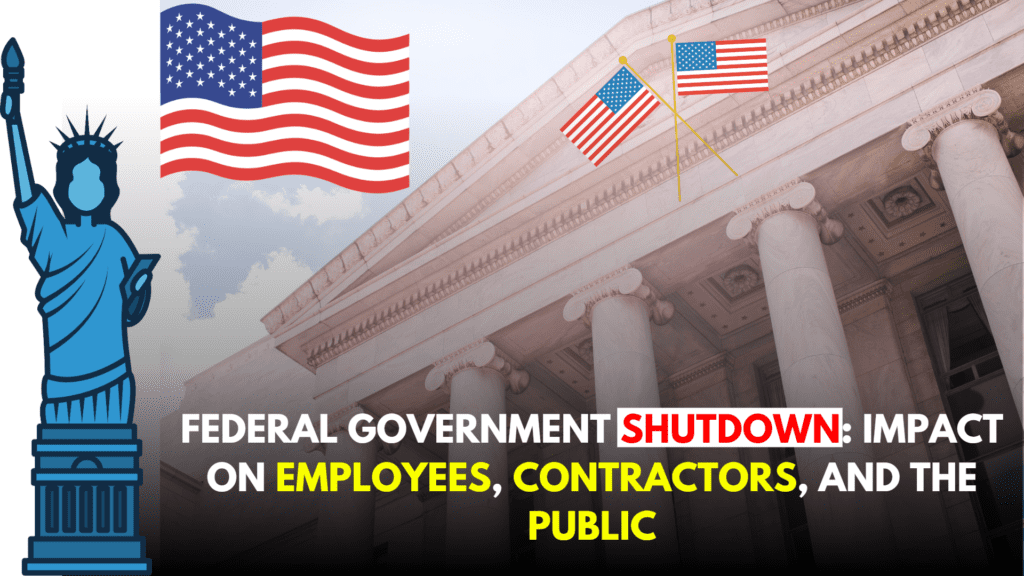🇺🇸 Tariffs Return to the Spotlight
Former U.S. President Donald Trump, now a 2024 Republican frontrunner and a central figure in shaping the GOP’s economic policy, is once again drawing global attention—this time with a renewed and aggressive tariff strategy. In his latest policy pitch, Trump has proposed doubling tariffs on several imports from India, raising them from 25% to 50%, as part of what he calls a “100% America First trade policy.”
The implications of such a dramatic move are vast. For India, this could trigger disruptions in textile, pharmaceuticals, automotive parts, and IT services exports. For U.S. consumers, it may mean higher prices and limited product choices. For global trade dynamics, it signals a return to protectionist policies that may reshape alliances and supply chains.
This article explores the reasons behind the proposed tariff hike, its potential economic and political impact, affected sectors, and how both India and the U.S. could respond.
🧠 Why Is Trump Targeting India?
Trump’s tariff policy is largely driven by his belief that the U.S. has been exploited by trade partners, including allies. While China has traditionally been the main target, India has often come under Trump’s radar for the following reasons:
- High tariffs on American goods: Trump has repeatedly criticized India for imposing high duties on American motorcycles, agricultural products, and tech devices.
- Trade deficit: Though smaller than with China, the U.S. runs a trade deficit with India (~$35 billion annually).
- Growing India-Russia ties: Trump’s new foreign policy lens views any ongoing economic partnerships with sanctioned nations like Russia as a threat to U.S. strategic goals.
- Election Rhetoric: Strong nationalist policies play well with Trump’s voter base, especially in Rust Belt states hit hard by offshoring and global trade.
📦 What Is Affected? Indian Sectors at Risk
If tariffs are raised to 50%, several Indian sectors will feel the impact most:
1. Textiles and Apparel
India is one of the top exporters of cotton garments and textiles to the U.S. A tariff hike would price Indian garments out of U.S. stores, benefitting competitors like Vietnam and Bangladesh.
2. Pharmaceuticals
India supplies a large volume of generic drugs and active pharmaceutical ingredients (APIs) to the U.S. A 50% tariff would:
- Increase healthcare costs in the U.S.
- Hurt major Indian exporters like Sun Pharma, Lupin, and Aurobindo.
3. Automotive Parts
India exports billions in auto components to the U.S. Tariff increases would affect:
- Indian manufacturers like Bharat Forge, Motherson Sumi.
- U.S. carmakers reliant on affordable global supply chains.
4. IT Services & Tech
Although services aren’t directly tariffed like goods, heightened trade tension could lead to tighter H-1B visa regulations, increased scrutiny of outsourcing, and pushback against Indian tech majors like TCS, Infosys, and Wipro.
5. Jewelry and Gems
India is a major exporter of diamonds and gold jewelry to the U.S. This industry employs millions in India and any tariff hike would cut margins drastically.
📉 Economic Impacts: India and the U.S.
🇮🇳 Impact on India
- Export Slowdown: Indian exports to the U.S. crossed $78 billion in 2023. A tariff wall could wipe out billions in trade volume.
- Job Losses: Sectors like textiles and pharma are labor-intensive. Tariff shocks may trigger layoffs and lower factory utilization.
- Currency Pressure: Reduced dollar inflows from trade may depreciate the Indian Rupee, increasing import bills for oil and electronics.
- Investor Sentiment: FDI could slow, especially if geopolitical risks increase.
🇺🇸 Impact on the U.S.
- Inflation: Higher import duties mean higher consumer prices, especially in essentials like clothing, medicine, and electronics.
- Retail & Pharma Sectors Hit: U.S. companies reliant on low-cost Indian products (like Walmart, Walgreens) would face margin pressure.
- Counter-Tariffs from India: New tariffs may trigger retaliatory measures, affecting U.S. agricultural, aviation, and tech exports to India.
- Supply Chain Disruptions: Restructuring trade networks takes time and investment—short-term pain could lead to long-term inefficiency.
🔄 Could India Retaliate?
India has previously responded to U.S. tariffs with measured counter-tariffs—especially in 2019 when Trump revoked India’s GSP (Generalized System of Preferences) status. If the 50% hike materializes, India may:
- Impose counter-tariffs on U.S. products like almonds, apples, aircraft parts, and Harley-Davidson motorcycles.
- Delay defense deals: India is one of the largest arms importers and has signed major deals with Boeing and Lockheed Martin.
- Strengthen non-U.S. alliances: More trade agreements with the EU, Russia, and Middle Eastern countries to offset U.S. pressure.
- Diversify supply chains: Promote local industries and seek new markets in Africa, Latin America, and ASEAN.
🏛️ Political Reactions in India
Indian political parties across the spectrum would likely condemn Trump’s policy as “economic bullying.” The government may frame it as:
- An attack on India’s sovereignty
- An insult to the Indo-U.S. strategic partnership
- An election stunt not grounded in long-term policy
In public discourse, it could fuel nationalist sentiment and bolster the government’s “Atmanirbhar Bharat” (Self-reliant India) initiative.
🤝 Can Diplomacy Avoid a Trade War?
While Trump’s statement is alarming, it’s not yet law. Much will depend on:
- 2024 U.S. Election Results: If Trump wins, the policy may be prioritized in early 2025.
- Congressional Approval: Tariff changes often require legislative backing or administrative action under trade laws like Section 301.
- Bilateral Diplomacy: India and U.S. could seek negotiated settlements, including partial exemptions, phased implementation, or sector-specific talks.
- Business Lobbies: American retailers, pharma companies, and automakers with Indian links will likely lobby against sweeping tariffs.
🔍 What to Watch Going Forward?
- Trump’s Campaign Trail – Does he double down or moderate his tariff talk?
- India-U.S. Trade Meetings – Any sign of pre-emptive diplomacy or working groups?
- Indian Budget & Trade Policies – Watch for subsidies, duty cuts, or diversification plans.
- Stock Market Reaction – Export-heavy Indian stocks may see volatility.
- G20 and WTO – India may raise the issue in global trade forums.
📌 Conclusion: Tariff War or Election Rhetoric?
Trump’s proposed tariff hike from 25% to 50% on Indian goods is a serious threat—but also a political weapon aimed at stirring voter sentiment. Whether this policy becomes real depends on several moving parts: elections, diplomacy, business pressure, and global economic trends.
For now, India must prepare for both outcomes—a hard tariff shock or a negotiated deal. Either way, the episode reinforces a growing global reality:
Trade is no longer just about economics—it’s about power, politics, and national identity.









